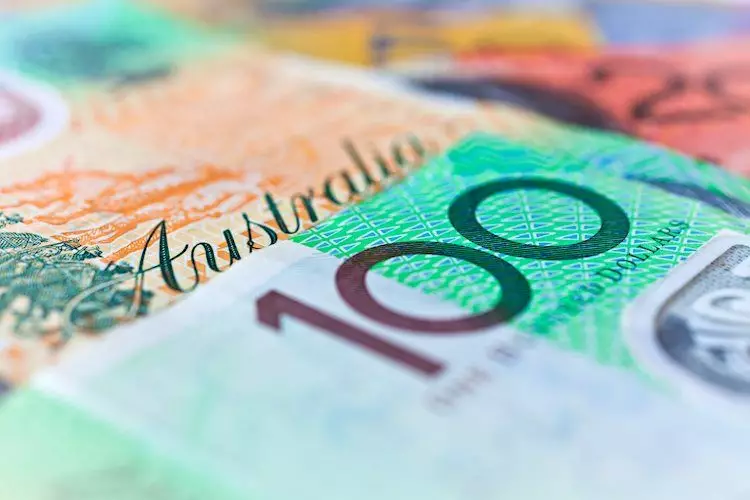The Australian Dollar (AUD) recently observed a notable upward trajectory against the US Dollar (USD), reflecting a 0.20% increase to reach 0.6910 on the last Friday of the trading week. This gain can largely be attributed to a confluence of factors, especially the risk-on sentiment emanating from investor optimism about stimulus measures in China. The economic landscape seems to favor the AUD, as it capitalizes on favorable policies from the People’s Bank of China (PBOC) while simultaneously benefiting from a hawkish stance taken by the Reserve Bank of Australia (RBA). Market participants, however, remain skittish about the upcoming Federal Reserve decisions, further complicating the trading environment for the AUD/USD pair.
The recent stimulus measures announced by the PBOC, which include interest rate cuts and adjustments to reserve requirements, have not only sparked confidence in the economy but also significantly enhanced the allure of riskier assets, such as the AUD. As China’s economy continues to gather steam, the expectation of increased demand for Australian exports becomes palpably stronger. With China being Australia’s largest trading partner, this invigorated economic interaction plays an essential role in the health of the AUD. A robust Chinese economy generally leads to increased imports of Australian commodities, particularly raw materials, thereby propelling demand and, consequently, the AUD’s value.
On the flip side, the recent economic data emerging from the United States has raised concerns about the strength of the USD. The Personal Consumption Expenditures (PCE) figures from August indicated softer inflationary pressures, which in turn has diminished the USD’s previous strength. A year-on-year PCE increase of only 2.2% came in below market expectations, stirring speculation that the Federal Reserve may consider further rate cuts. This sentiment resonates through market speculation, with increasing odds placed on a potential 50 basis point cut during the Fed’s November meeting. Such narratives suggest a divergence in monetary policy paths between the RBA and the Fed, adding further momentum to the AUD.
Central to the movements of the AUD in the forex market is the interest rate policy spearheaded by the RBA. With Australia maintaining relatively high interest rates, the AUD finds structural support compared to other currencies, especially when juxtaposed with the anticipated easing by the Fed. The RBA has signaled that it intends to keep interest rates elevated, at least until inflation is firmly returned to its target range of 2-3%. This commitment serves as a beacon of stability for the AUD as interest rate differentials become increasingly pivotal for currency valuation.
Furthermore, the RBA’s use of quantitative easing and tightening has significant implications for credit availability and economic stimulus. An aggressive tightening approach often strengthens the AUD, promoting stability and growth. Conversely, expansive easing, while potentially supporting growth in the short term, can lead to depreciation of the currency, making the RBA’s stance even more crucial in the prevailing economic climate.
In addition to interest rates, other economic parameters, including the price of key commodities and trade balances, intricately weave into the story of the AUD. Australia is rich in natural resources, with commodities like iron ore being vital to its export economy. Any fluctuations in the price of iron ore can have immediate effects on demand for the AUD. For instance, a surge in iron ore prices typically results in improved trade balances, reinforcing the AUD’s strength against the USD.
Moreover, a positive trade balance—the correlation between the value of exports and imports—plays a critical role in currency valuation. When exports surmount imports, the resulting surplus can bolster the AUD, while a negative trade balance would likely generate downward pressure on the currency.
As we look ahead, the AUD/USD pair appears poised for volatility driven primarily by developments in both Australian and US monetary policies. The combination of a resilient Australian economic backdrop, supportive stimulus from China, and a potentially weakening USD due to softer US inflation could create a fertile environment for the AUD to gain further ground. Analysts are eyeing the 0.7000 psychological barrier as a crucial target. Investors should brace for a dynamic trading environment influenced by the unfolding interplay of geopolitical, economic, and monetary factors impacting both nations. The roadmap ahead remains uncertain, but with underlying bullish momentum building, the AUS/USD pair may very well be on a positive trajectory.

